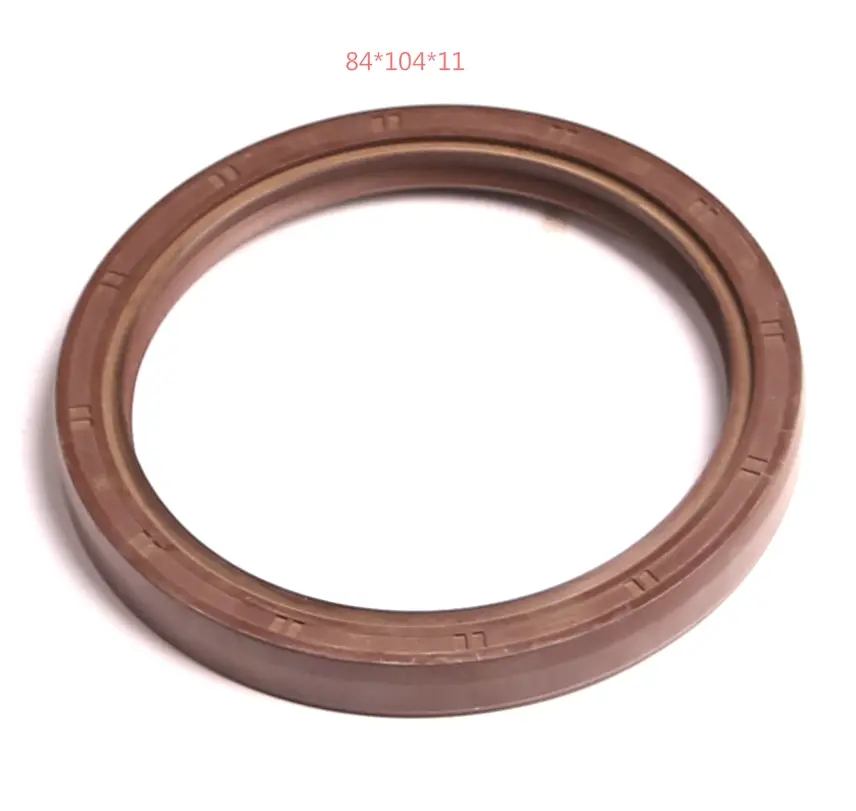12 月 . 03, 2024 17:49 Back to list
installing valve cover gasket
Installing a Valve Cover Gasket A Step-by-Step Guide
The valve cover gasket is an essential component of your vehicle's engine, playing a critical role in preventing oil leaks and ensuring proper engine performance. Over time, gaskets can wear out, leading to leaks that can potentially damage your engine. If you’ve noticed oil accumulation around the valve cover or experienced unusual engine performance, it might be time to replace your valve cover gasket. This guide will walk you through the steps of installing a valve cover gasket, ensuring that your engine runs smoothly and efficiently.
Tools and Materials Needed
Before you begin, gather the necessary tools and materials. You will need - New valve cover gasket - Torque wrench - Socket set - Screwdriver set - Gasket scraper - Clean rags - Engine oil (for lubricating the new gasket) - RTV silicone sealant (if specified by your vehicle's service manual)
Step 1 Preparation
Start by preparing your workspace. Ensure that the engine is cool to avoid burns, and disconnect the battery cables for safety. This reduces the risk of electrical shock or accidental short-circuiting while working.
Step 2 Remove the Existing Valve Cover
Using the appropriate socket, remove the screws and bolts holding the valve cover in place. Keep them organized; a magnetic tray can be helpful. Carefully lift the valve cover off, taking care not to damage any wiring or other components nearby. If the cover does not come off easily, gently pry it with a flathead screwdriver, but be cautious to avoid scratching the surface.
Step 3 Clean the Surface
Once the valve cover is removed, you’ll see the old gasket material. Use a gasket scraper to carefully remove any remnants from the valve cover and the engine block. It’s crucial to have a clean surface for the new gasket to ensure a proper seal. Wipe down the surfaces with a clean rag to remove any oil or debris.
Step 4 Prepare the New Gasket
installing valve cover gasket

Before installing the new gasket, lightly oil the gasket's contact surface. This helps it adhere better and makes future removal easier if necessary. If your vehicle's manual recommends it, apply a thin layer of RTV silicone sealant on the corners of the valve cover and the joints where the gasket sits.
Step 5 Install the New Gasket
Carefully place the new gasket onto the valve cover. Ensure it is positioned correctly and aligned with all holes for bolts and screws. If the gasket has alignment tabs, make sure they fit into their designated slots on the valve cover.
Step 6 Reattach the Valve Cover
Gently place the valve cover back onto the engine, ensuring that the gasket remains in place as you do so. Begin to reinsert the bolts by hand to avoid cross-threading and ensure proper alignment. Once all bolts are in place, use a torque wrench to tighten them to the manufacturer’s specified torque setting. This step is vital to avoid warping the valve cover or damaging the gasket.
Step 7 Reconnect Everything
After installing the valve cover, reconnect any wire harnesses, vacuum lines, or other components that may have been removed during the process. Ensure that everything is secured and properly connected to avoid any issues during engine operation.
Step 8 Test the Engine
Finally, reconnect the battery and start the engine. Allow it to run for a few minutes while checking for any leaks around the valve cover. Pay attention to any unusual noises or warning lights on the dashboard. If everything seems normal, you have successfully installed your new valve cover gasket!
Conclusion
Installing a valve cover gasket may seem like a challenging task, but with the right tools, materials, and guidance, it can be accomplished with relative ease. Regular maintenance and timely gasket replacement can help prolong the life of your engine and improve its efficiency. Always refer to your vehicle's service manual for specific instructions and torque specifications. By following these steps, you ensure that your engine stays sealed and performs at its best for years to come.